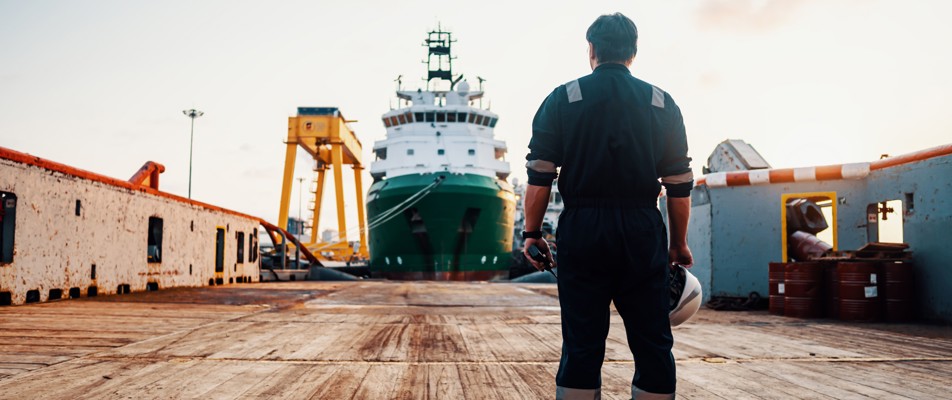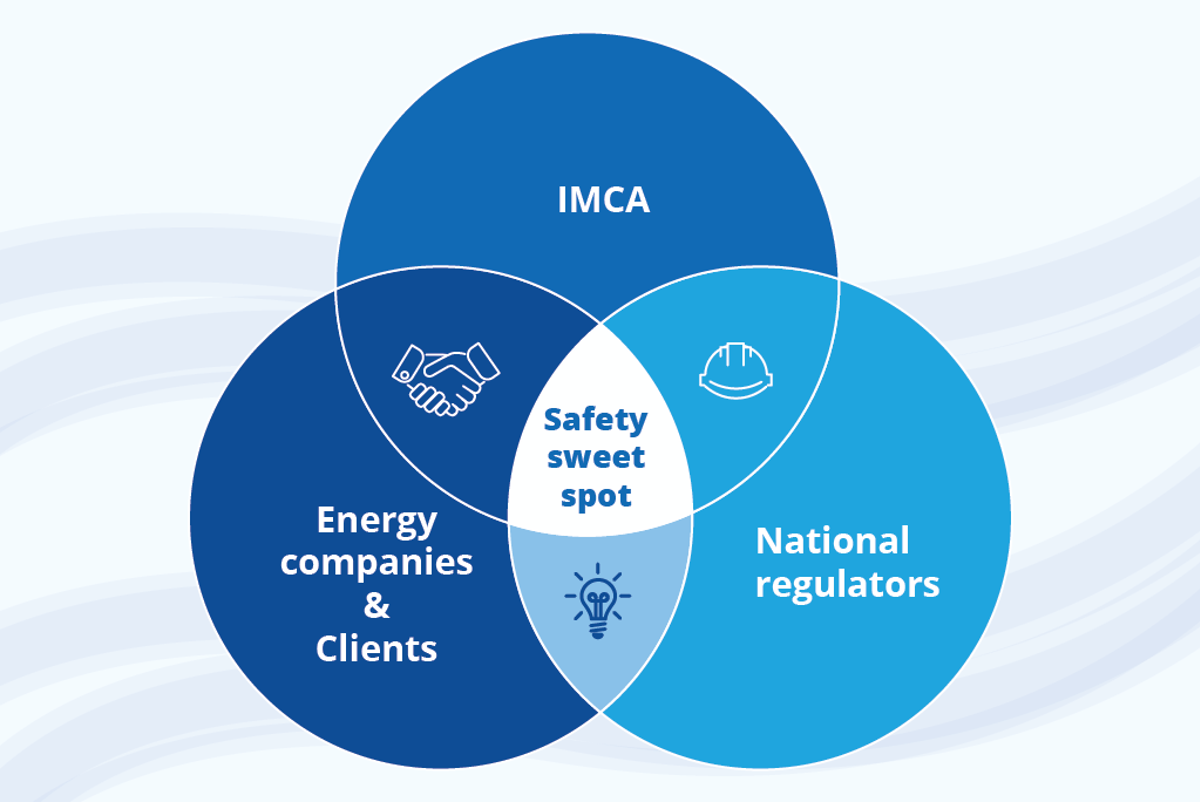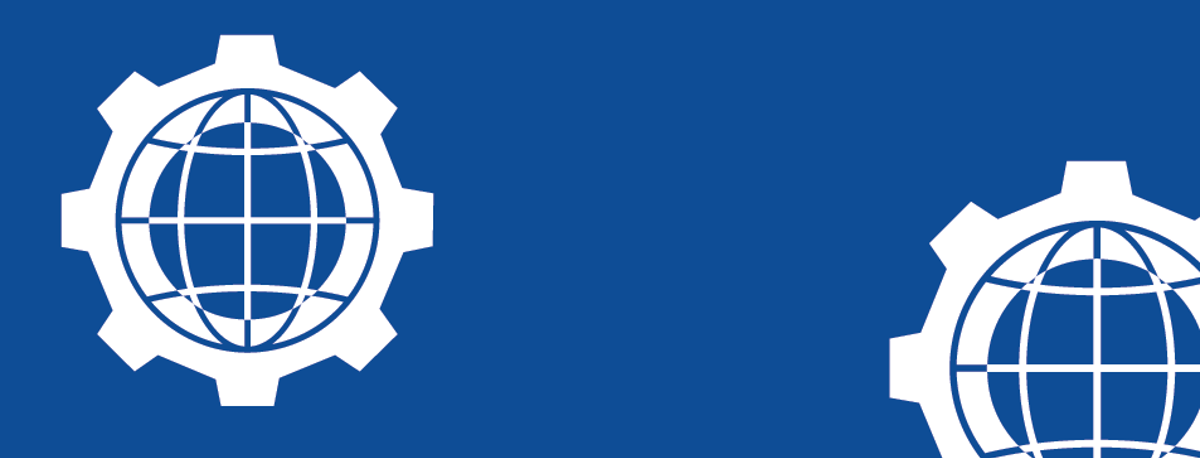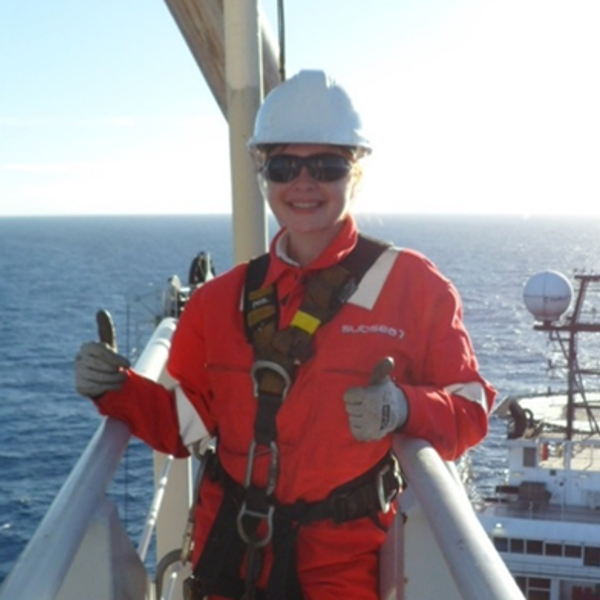IMCA has a long, and proud, history of bringing the industry together to improve safety and our Members share a common goal of improving offshore performance.
Our Technical Library creates the framework to achieve this through the recommended best-practice that our Members and the wider sector follows. Whether diving, marine, remote systems and ROV, or offshore survey – we set the standard through our Technical Committees, Guidance, and Information Notes. Alongside this, for 25 years we have worked at the International Maritime Organization (IMO) to positively shape the regulatory landscape on a global level.
Of course, no sector should work in a bubble, and our goal – of improving offshore safety – will only be achieved through collaboration, as well as proactive engagement with clients, the supply chain, and other stakeholders.







Login / register to join the discussion
Comments
There are no comments for this article.